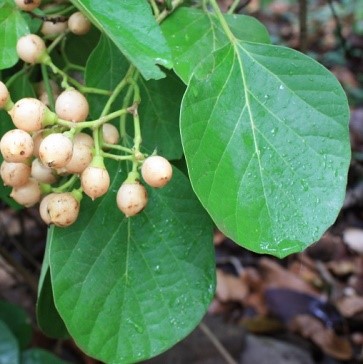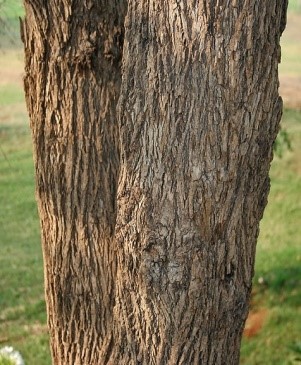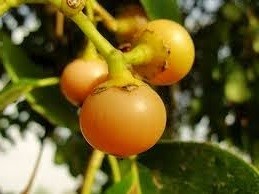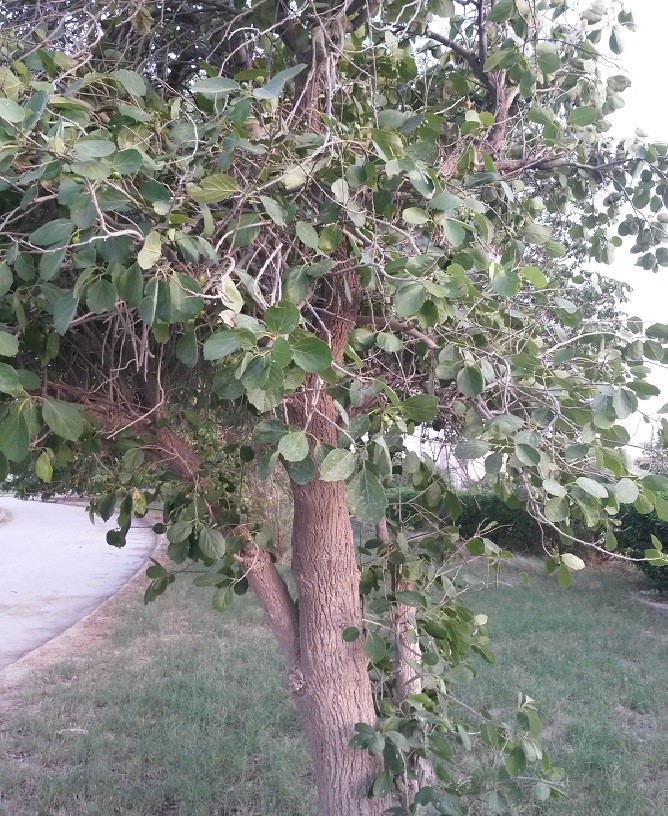Trees
Cordia myxa C. B. Clarke
Cordia myxa C. B. Clarke
Description :
A
medium sized deciduous tree, 5 to 15 m tall. Leaves are simple, variable in
shape, with the base rounded or heart shaped. The leaves are 7 to 13 cm long
and 6 to 11 cm wide. The bark is brown and has deep fissures with numerous shallow
fissures around the stem. The white yellowish-brown flowers hang in bunches.
Each flower is between 0.5 to 1 cm across. The fruit, a drupe, is oblong 1 to 3
cm long. The drupe is yellowish brown, pink to black when ripe. The drupe is
sweet and edible and matures in July and August. It has no known insects or
disease problems of significant importance. It can be reproduced from seed.
Seed will remain viable for one year. It is a very fast-growing tree. Grain is
variable, texture is fine to medium. Greyish brown, reddish brown on exposure,
lustre variable Sap wood with calorific value of 4900 kcal/kg.
Distribution :
This
tree is native to Pakistan and India. In Pakistan it in the sub-Himalayan tract
from Rawalpindi eastward. It is also found in the Salt Range. An intolerant
tree that does not do well in shade. It grows on a variety of soils where
moisture is available, in microsites like nullas, gullies, pockets on hills
where moisture will accumulate, near waterways, and in depressions. It requires
a precipitation zone of 300 to 600 mm/yr or more. It prefers a dry sub-tropical
to a dry temperate climate with a temperature range of 2 to 42°C at elevations
up to 1500 m. It is frost and drought hardy.
Uses :
This frost and drought
resistant tree has value as a commercial timber tree. It can be planted on arid
and semi-arid degraded sites. Farmers like it because of the fruit. It is an
excellent farm forestry tree on harsh, degraded sites. Also used as fuel,
fruit, implements, erosion control, and medicinal (fruit for cough, diseases of
the chest).



